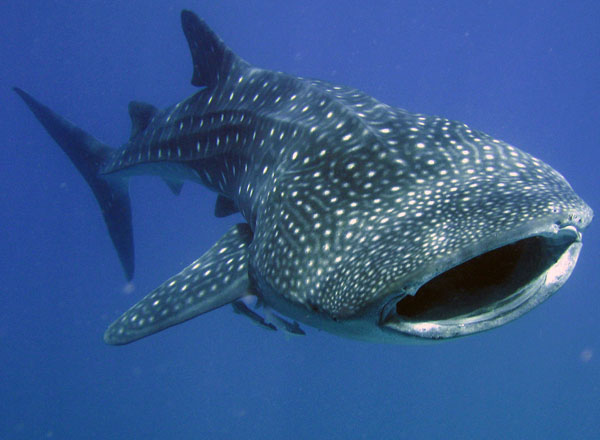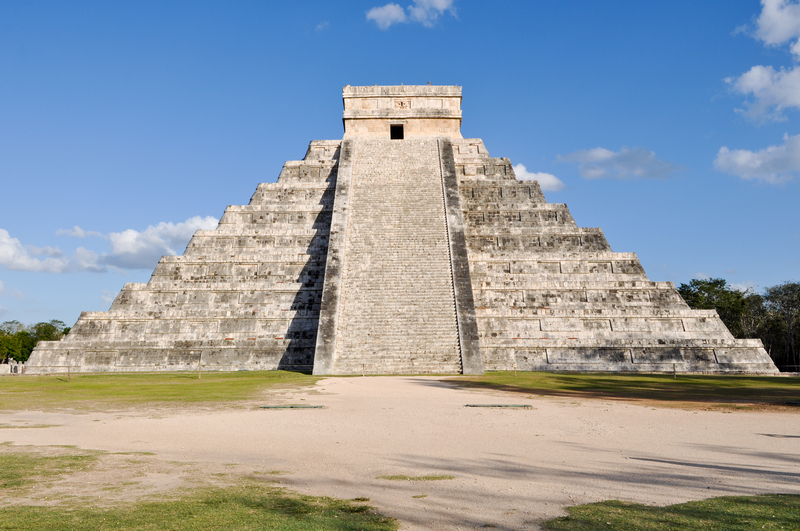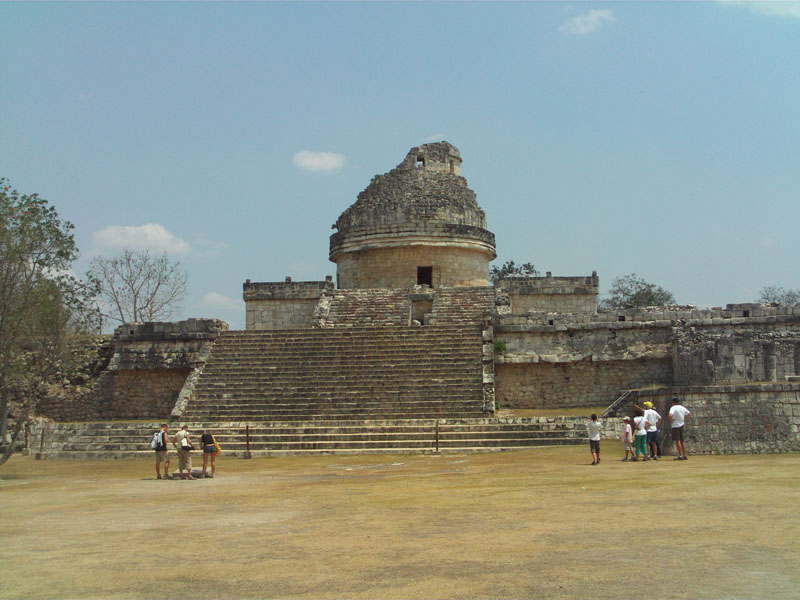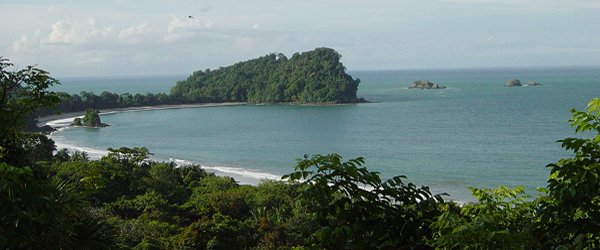Residing in a world apart from our own, marine life has always been quite intriguing to us land-dwellers. All of the many sizes, shapes and colors of the different species of fish have been of great interest to us from the beginning of time. Whale Sharks are the largest existing fish and have been the object of fascination to thousands of divers all over the world, though many divers spend their entire lives trying to find one.
Whale Sharks are majestic creatures. These gentle giants swim with their enormous mouths open, gulping down plankton, small fish, squid and crustaceans along their way. They can open their mouths to up to five feet wide. They are the largest fish in the oceans and only a few whales are larger than them. They are cold blooded creatures and they breathe through their gills. Whale sharks can weigh over nine tons and grow up to 40 feet long. Amazingly, their skin can be over 4 inches thick! These fish have a two colored pattern of light spots and lines on a dark brown dorsal surface.

Whale sharks can be found all over the world. Popular destinations for travelers to dive with whale Sharks can be found in Japan, Thailand, Malaysia, Philippines, South Africa, and Western Australia are a few countries divers go to find them. But they are easily spotted all over Central America. Cancun, Mexico, Belize and Honduras are just a few of the hot spots for spotting whale sharks.
Utila Island, off of Honduras, has been called the whale shark capital of the Carribean. Whale sharks have been seen there all year long. Though they can be spotted throughout the year, the best times to try to find them are March through April and August through September. A whale shark sighting usually involves finding just one, but it is possible to see five or more whale sharks in the waters around Utila.
Belize is one of the most popular spots in the Americas for whale shark sightings. Gladden Spit, located in the Belize Barrier Reef, is located 26 miles off the coast of Placencia. There are lots of whale sharks in this area during April and May, when schools of cubera snapper fish are actively spawning. Gladden Spit is a protected area. Rangers allow only six tour-operated boats at a time, making the experience much more intimate.
An important habitat for the whale shark is in the Gulf of Mexico. The major oil spill that resulted from the explosion of BP's Deepwater Horizon platform in 2010 in the Gulf still poses a critical threat to the whale sharks that reside in the region.
Whale sharks are harmless to humans. They are quite friendly and will often interact. They are very large creatures but are quite docile and serene. They will even allow swimmers to catch a ride with them, though this is discouraged by scientists, conservationists and researchers. Younger whale sharks can be especially playful.
It's vital for any diver lucky enough to encounter one of these animals to always treat them with respect. Whale sharks are an endangered species and it's imperative to their survival that they not be mishandled or harmed.









